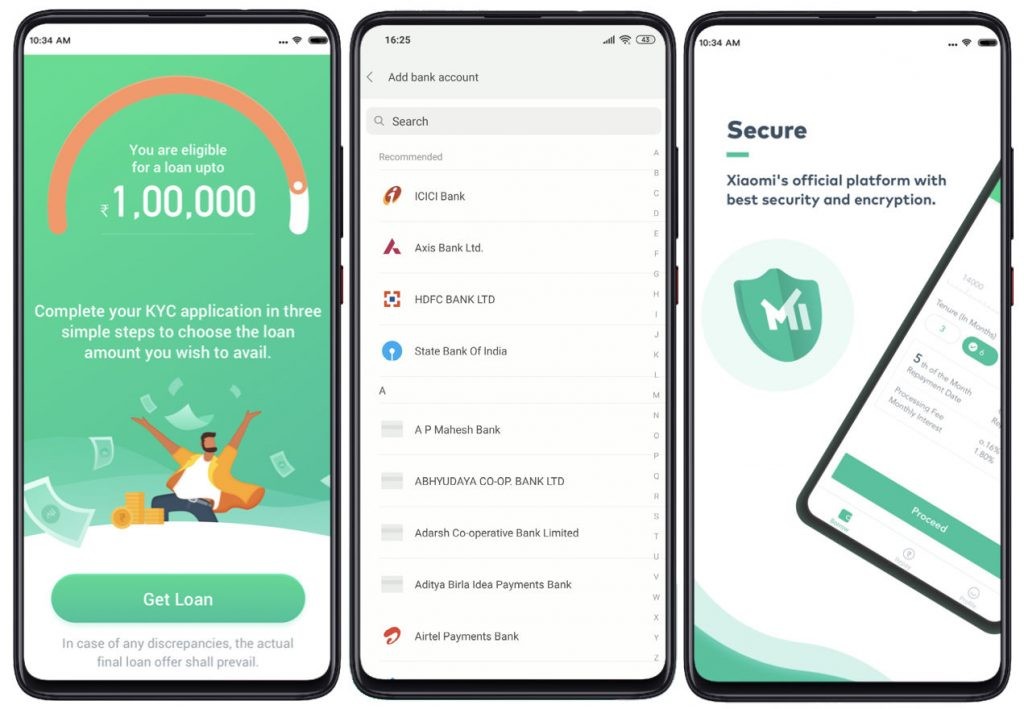Xiaomi, the leading smartphone and smart TV brand in the Indian market, has today re-launched its Mi Credit digital lending solution in India. This is the second finance related service coming from the company in India after the launch of Mi Pay.
Mi Credit is an online curated marketplace for lending which the company claims will offer the best personal loans to Mi Fans. The current lending partners are primarily NBFCs or Fintechs such as Aditya Birla Finance Limited, Money View, EarlySalary, Zestmoney and CreditVidya.

It is built as the first personal loan choice for aspirational young professionals and millennials. The company says that Mi Credit solves most challenges associated with the traditional lending industry with a 100% digital experience.
As per the company, it also provides an easy application process for securing loans, with an intuitive interface. First time users can complete the digital application form within five minutes, and repeat customers can avail a loan with one click disbursement.
Once the loan is approved within minutes, the consumer has the option to choose the amount and the tenure of the loan. The digital advantage also shows in realtime disbursement of loans and lower interest rates.
Since Mi Credit is designed as a platform with multiple lending partners, it ensures higher success rate, with higher loan amount at a lower interest rate than any other existing solutions in the market. Mi Fans can also check their credit score instantly on the app, for free, a service which is powered by Experian.
Experian is a global leader in consumer and business credit reporting. The company said that all user data on Mi Credit is stored securely in encrypted format in India through Amazon Web Services Cloud Infrastructure.
Further, the company added that Mi Credit has been running in India in a pilot format, and has already disbursed loans of over 28 crores in November 2019. Currently, Mi Credit services more than 10 states spanning across 1,500 pin codes, and aims to expand its availability to 100 percent of the pin codes by the end of Financial Year 2019.
